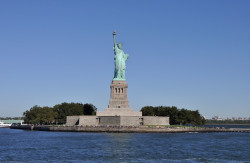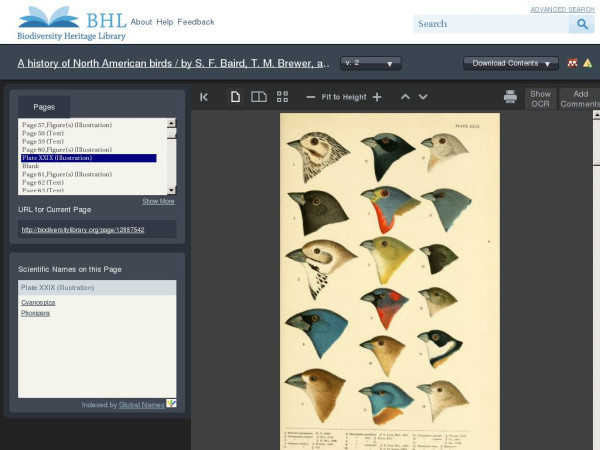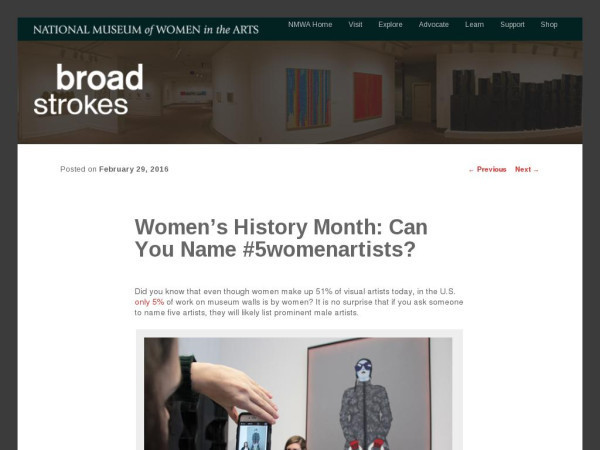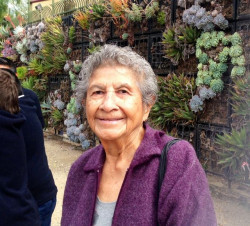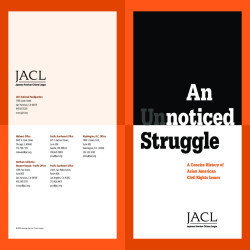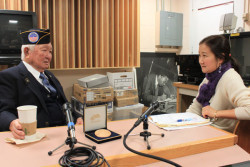Ashley Naranjo
Ashley Naranjo, M.Ed. is a museum educator, specializing in the use of digital resources for teaching and learning. She currently manages distance learning initiatives and education partnerships for the Smithsonian. Portfolio highlights have included: the Smithsonian Quests digital badging program, Smithsonian Online Education Conferences, Smithsonian Learning Lab nationwide teacher professional development, Teachers of the Year programming at the Smithsonian, “Explore with Smithsonian Experts” video series, and Smithsonian print publication guides.
Before coming to the Smithsonian, she has had experiences in education in both formal and informal learning spaces: as an ESOL instructor for adults, a middle school teacher in the humanities and a summer programs administrator. She holds a B.A. in Human Development (Developmental Psychology) from the Lynch School of Education at Boston College, where she was a research assistant and independent study student in the Laboratory of Thinking, Learning & Cognition in the Arts. She completed a M.Ed. in Learning Design and Technology from the Rossier School of Education at the University of Southern California, with a thesis entitled, “Using Digital Museum Resources in the Classroom”. She is a 2019 graduate of the Getty Leadership Institute’s NextGen of Museum Leaders program.
Ashley Naranjo's collections
Isamu Noguchi
 Ashley Naranjo
Ashley Naranjo
Righting a Wrong: Japanese Americans and World War II
 Ashley Naranjo
Ashley Naranjo
Creative Writing Exercise: Photograph Analysis for Descriptive Writing
 Ashley Naranjo
Ashley Naranjo
Larry Itliong: Breaking Barriers in the Labor Movement
 Ashley Naranjo
Ashley Naranjo
Statue of Liberty and Symbolism
 Ashley Naranjo
Ashley Naranjo
Investigating a Place: Texas, a U.S. State Collection
 Ashley Naranjo
Ashley Naranjo
Can you name #5WomenArtists?
 Ashley Naranjo
Ashley Naranjo
National Art Education Association Webinar: "Constructing Curriculum with the Smithsonian"
 Ashley Naranjo
Ashley Naranjo
Smithsonian Video Resources in American Sign Language
 Ashley Naranjo
Ashley Naranjo
Analyzing Oral History Interviews: Asian Indian Community of Cleveland, Ohio
 Ashley Naranjo
Ashley Naranjo
"An Unnoticed Struggle: A Concise History of Asian American Civil Rights Issues" | Complementary Resources
 Ashley Naranjo
Ashley Naranjo
Analyzing an Oral History Interview: Luis Jimenez
 Ashley Naranjo
Ashley Naranjo



